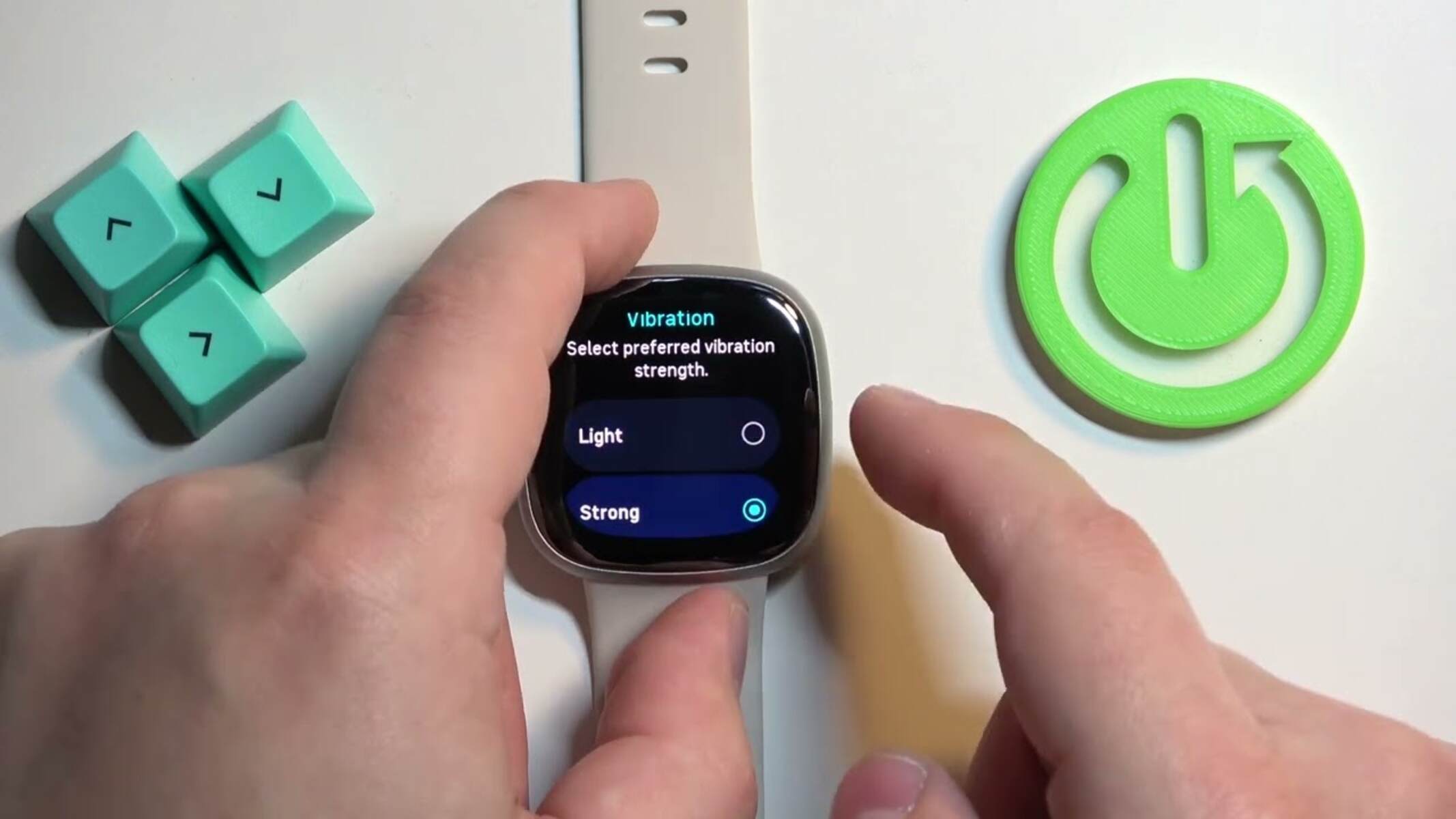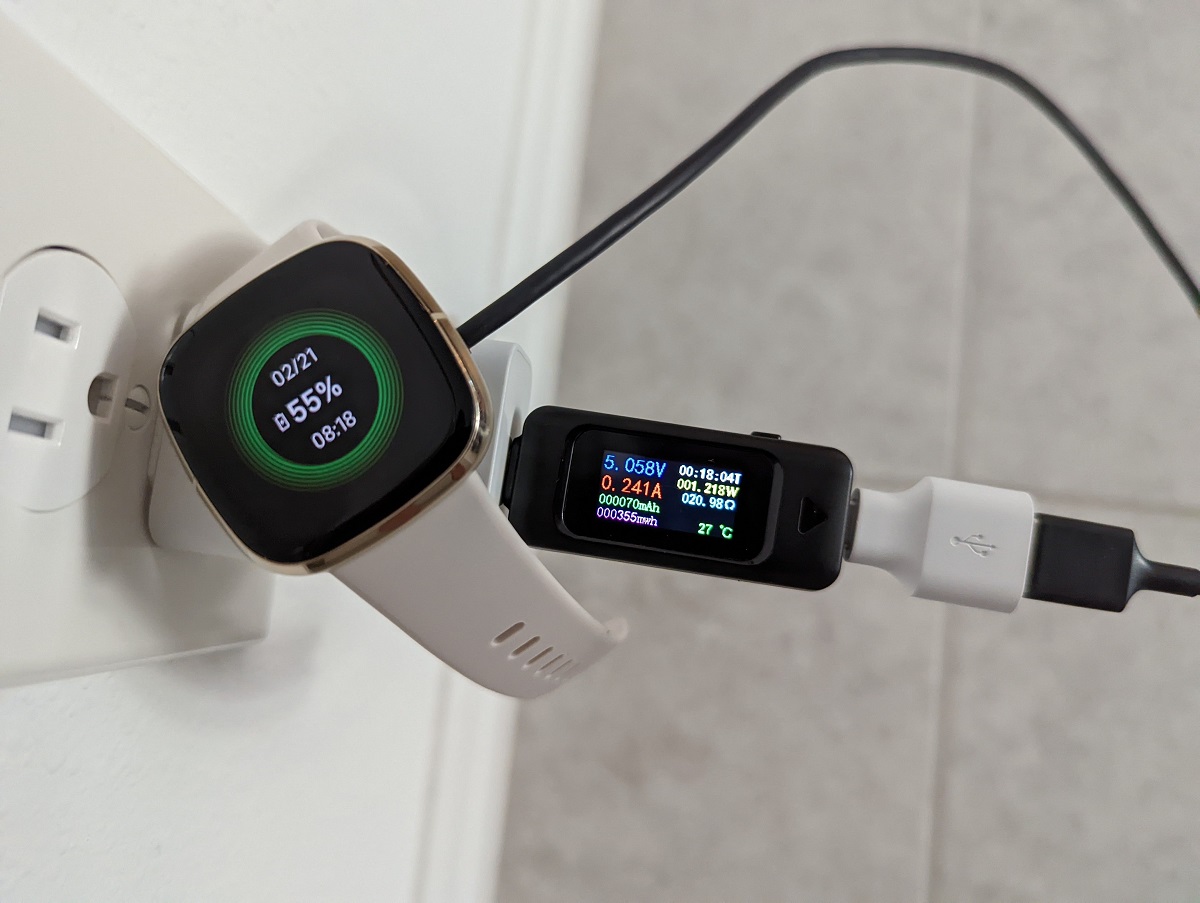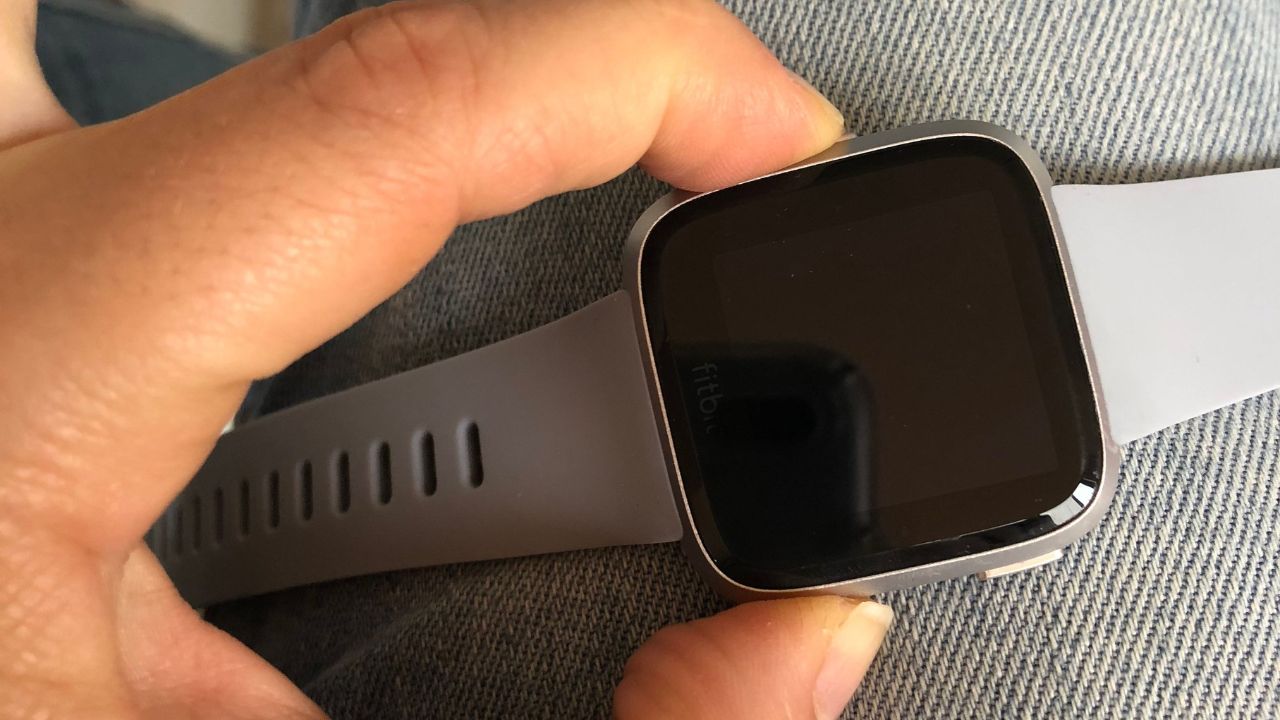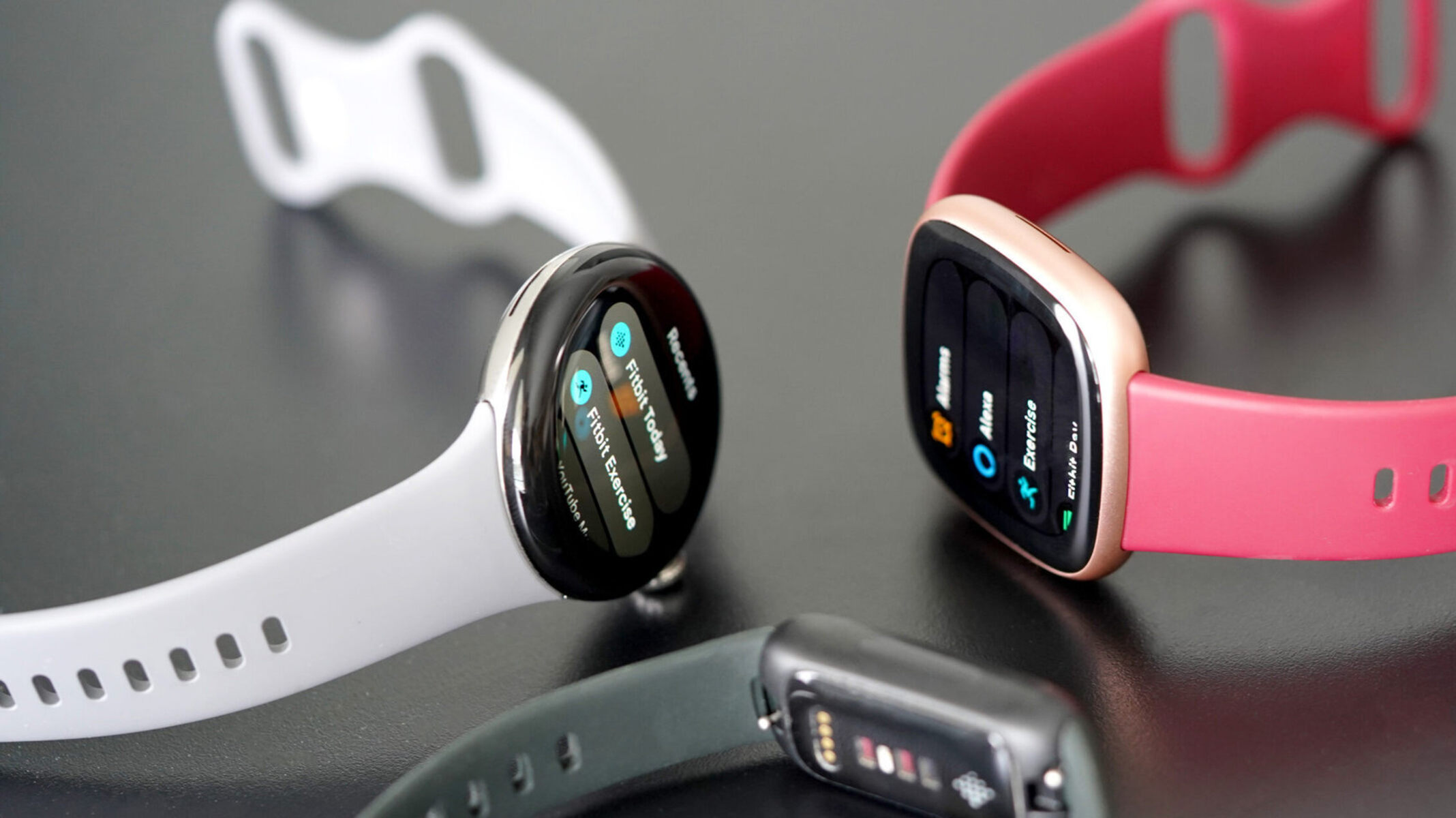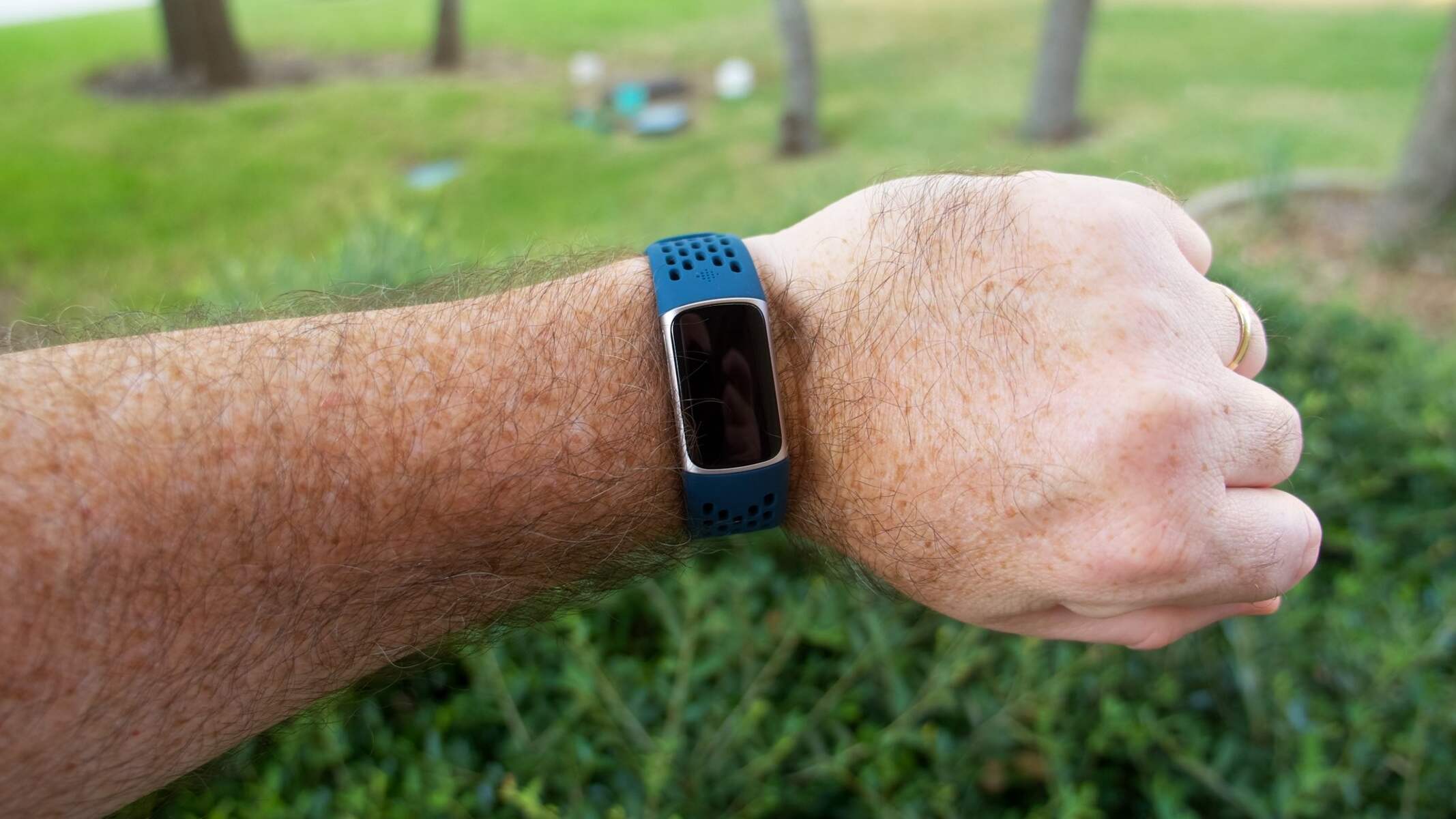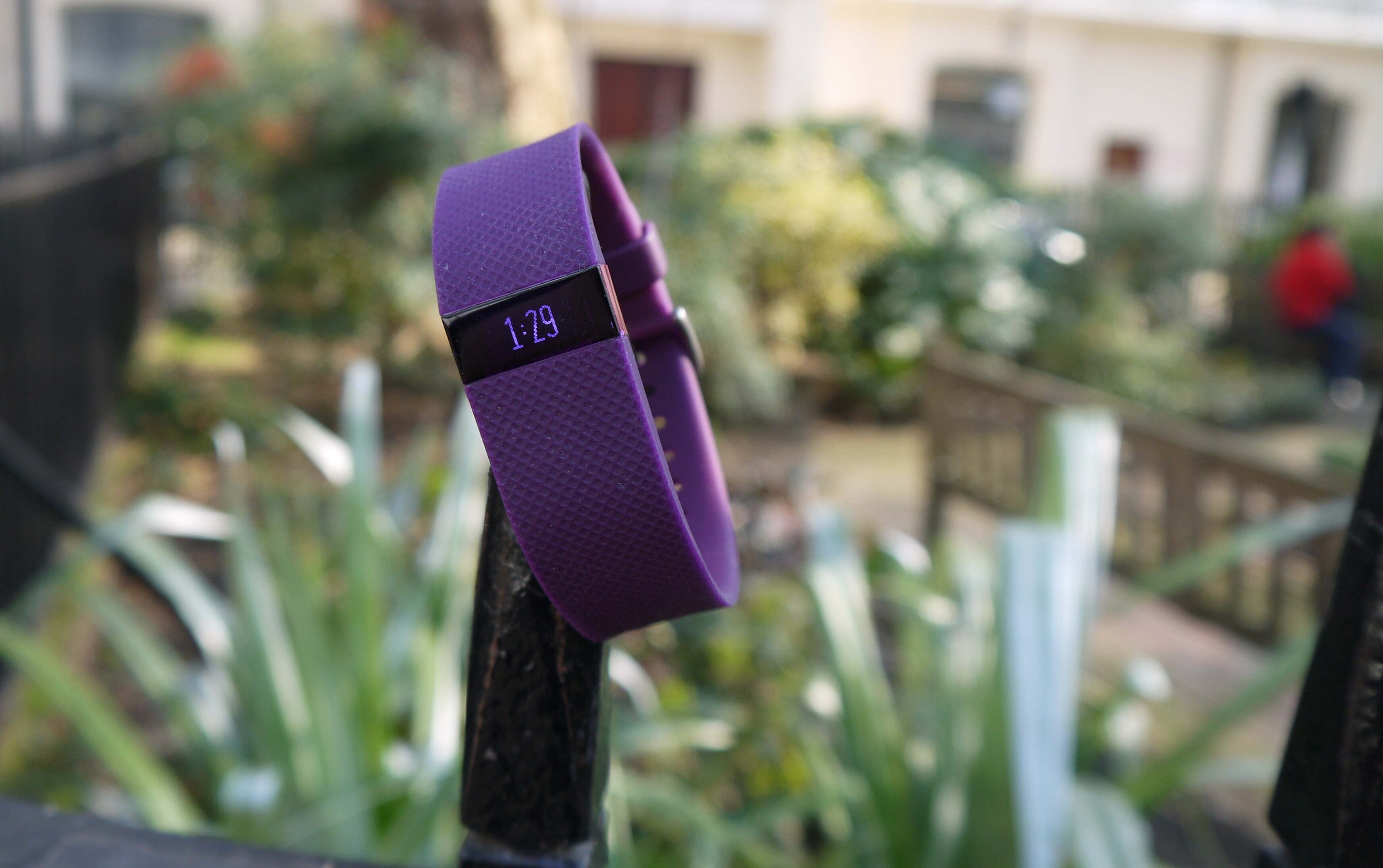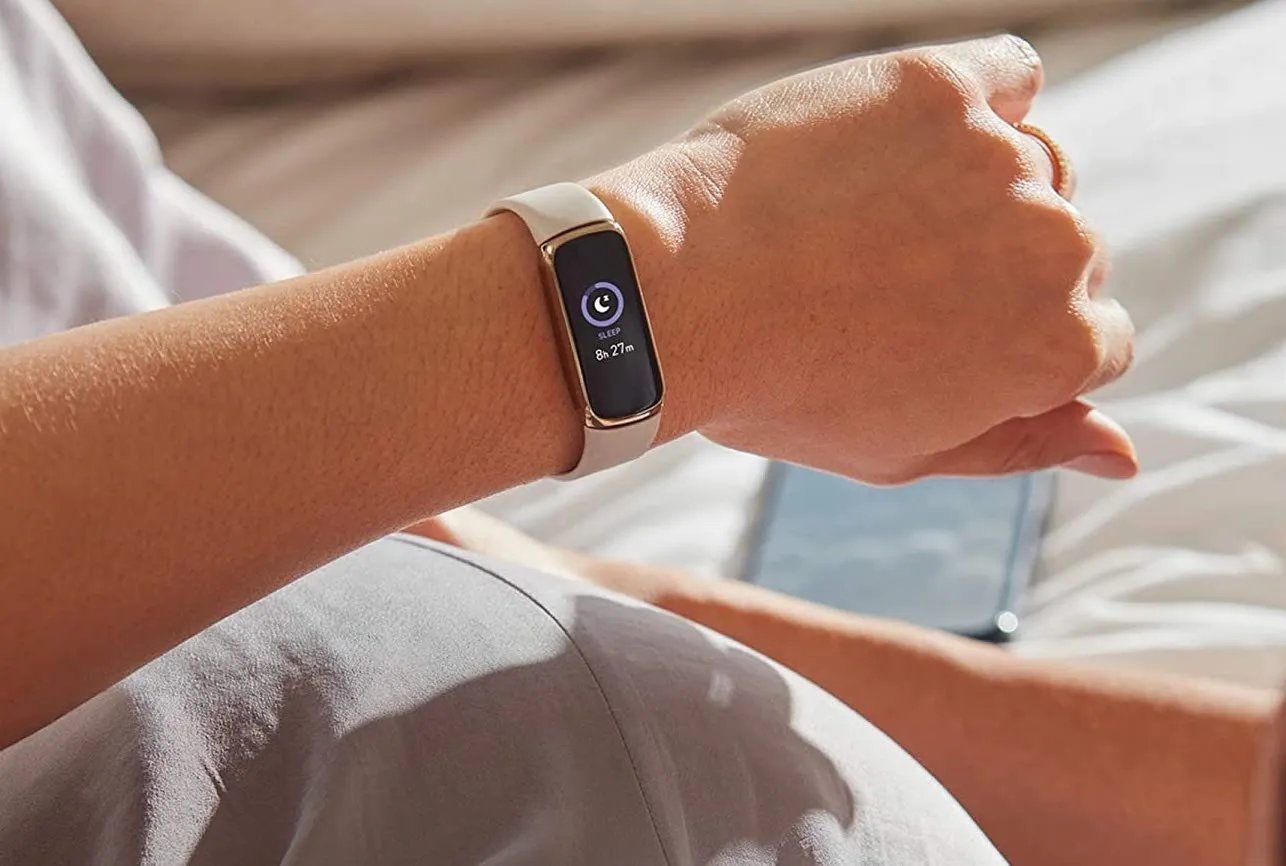Introduction
Unwanted vibrations can be a frustrating issue for Fitbit users. Whether you're wearing a Fitbit Versa, Charge, or any other model, unexpected vibrations can disrupt your daily routine and hinder the overall experience of using a fitness tracker. Understanding the causes of these vibrations and learning how to troubleshoot them is crucial for ensuring a seamless and enjoyable wearable technology experience.
Fitbit devices are designed to provide users with valuable insights into their health and fitness activities, including step counts, heart rate monitoring, sleep tracking, and more. However, when vibrations occur unexpectedly or excessively, they can detract from the intended benefits of these devices. This is why addressing vibration issues is essential for maximizing the utility and comfort of your Fitbit.
In this comprehensive guide, we will delve into the common causes of unwanted vibrations on Fitbit devices and provide practical troubleshooting tips to help you resolve these issues. By understanding the underlying factors contributing to these vibrations and implementing the appropriate solutions, you can regain control over your Fitbit's performance and enjoy a smoother, more reliable user experience.
Unwanted vibrations on Fitbit devices can stem from various sources, including hardware malfunctions, software glitches, or improper usage. By identifying the specific triggers of these vibrations, you can take targeted steps to address the root causes and restore your Fitbit to its optimal functionality. Whether you're a fitness enthusiast, a health-conscious individual, or someone who simply values the convenience of wearable technology, resolving unwanted vibrations on your Fitbit is essential for maintaining a positive and rewarding user experience.
Understanding the Causes of Unwanted Vibrations
Unwanted vibrations on Fitbit devices can stem from various underlying factors, encompassing both hardware and software elements. Understanding these causes is instrumental in effectively troubleshooting and resolving the issue. Here's an in-depth look at the potential reasons behind unwanted vibrations:
-
Software Glitches: Fitbit devices rely on sophisticated software to function, and occasional glitches or bugs in the system can lead to unexpected vibrations. These glitches may arise from incomplete software updates, corrupted data, or conflicts with other apps on the paired smartphone. Additionally, if the Fitbit's firmware is outdated, it can contribute to erratic vibration patterns.
-
Notification Settings: The notification settings on your Fitbit may be triggering unwanted vibrations. Incoming calls, text messages, calendar alerts, and app notifications can prompt the device to vibrate. In some cases, these notifications may not be immediately visible on the screen, leading to confusion about the source of the vibrations.
-
Hardware Malfunctions: Physical issues within the device, such as a loose internal component or a malfunctioning vibration motor, can result in irregular vibrations. This may occur due to wear and tear over time or as a result of accidental damage.
-
Overly Sensitive Movement Detection: Fitbit devices are equipped with motion sensors to track physical activity and sleep patterns. In some instances, these sensors may be overly sensitive, causing the device to interpret minor movements as cues to activate the vibration feature.
-
Battery Level and Charging: Low battery levels or irregular charging patterns can also contribute to unexpected vibrations. When the battery is low, the device may vibrate as a warning, signaling the need for a recharge.
By gaining a comprehensive understanding of these potential causes, Fitbit users can effectively identify the source of unwanted vibrations and proceed to implement targeted troubleshooting measures. This knowledge serves as a crucial foundation for resolving the issue and ensuring a seamless user experience with their Fitbit device.
Troubleshooting Unwanted Vibrations
Addressing unwanted vibrations on your Fitbit device requires a systematic approach that targets the specific causes of the issue. By following these troubleshooting steps, you can effectively identify and resolve the source of the vibrations, restoring your Fitbit to its intended functionality.
-
Software Updates: Begin by ensuring that your Fitbit's software is up to date. Check for available firmware updates through the Fitbit app on your paired smartphone. By installing the latest software version, you can address any known glitches or bugs that may be contributing to the unwanted vibrations.
-
Notification Settings: Review the notification settings on your Fitbit to determine which alerts are configured to trigger vibrations. Adjust these settings based on your preferences, disabling notifications that are not essential. This can help minimize unnecessary vibrations caused by incoming calls, messages, or app alerts.
-
Restart and Reset: Perform a soft reset on your Fitbit device by restarting it. This simple action can resolve temporary software issues that may be causing erratic vibrations. If the problem persists, consider performing a factory reset, ensuring that you have backed up any essential data beforehand.
-
Battery Management: Monitor the battery level of your Fitbit and ensure that it is adequately charged. If the device is vibrating due to a low battery, promptly recharge it to eliminate this trigger. Additionally, observe the charging behavior to identify any irregularities that may be contributing to unexpected vibrations.
-
Physical Inspection: Examine the physical condition of your Fitbit for any signs of damage or malfunctions. Ensure that the device's components, including the vibration motor, are intact and functioning as intended. If you detect any issues, consider contacting Fitbit support for further assistance.
-
Motion Sensitivity Settings: Explore the motion sensitivity settings on your Fitbit and make adjustments to reduce the device's responsiveness to minor movements. By fine-tuning these settings, you can minimize the likelihood of vibrations being triggered by insignificant motion cues.
-
Contact Support: If the troubleshooting steps outlined above do not resolve the issue, consider reaching out to Fitbit's customer support for personalized assistance. They can provide tailored guidance and further diagnostics to address the unwanted vibrations effectively.
By systematically addressing these troubleshooting measures, Fitbit users can navigate the process of identifying and resolving unwanted vibrations with confidence. This proactive approach empowers users to regain control over their device's performance, ensuring a smoother and more enjoyable experience with their Fitbit.
Common Issues and Solutions
Several common issues may give rise to unwanted vibrations on Fitbit devices. By understanding these issues and their respective solutions, users can effectively troubleshoot and address the problem. Here are the common issues and their corresponding solutions:
-
Software Glitches: In some cases, software glitches within the Fitbit device can lead to unexpected vibrations. To address this issue, users should ensure that their device's software is updated to the latest version. Installing firmware updates through the Fitbit app can resolve known software issues and stabilize the device's performance.
-
Notification Overload: Excessive notifications from various apps and services can cause frequent vibrations on the Fitbit. Users can mitigate this issue by customizing their notification settings. By selectively enabling notifications for essential alerts and disabling non-essential ones, users can reduce the frequency of vibrations triggered by incoming calls, messages, and app notifications.
-
Battery-Related Vibrations: Low battery levels or irregular charging patterns can prompt the Fitbit to vibrate as a warning. To address this, users should monitor their device's battery level and ensure regular charging. By maintaining adequate battery levels, users can minimize vibrations caused by low battery warnings.
-
Hardware Malfunctions: Physical issues such as a loose internal component or a malfunctioning vibration motor can lead to irregular vibrations. If users suspect hardware malfunctions, they should inspect the device for any signs of damage and contact Fitbit support for further assistance. In some cases, a replacement or repair may be necessary to resolve the issue.
-
Motion Sensitivity Settings: Fitbit devices are equipped with motion sensors that track physical activity and sleep patterns. Adjusting the motion sensitivity settings can help reduce the device's responsiveness to minor movements, thereby minimizing the occurrence of unnecessary vibrations.
By addressing these common issues with the recommended solutions, Fitbit users can effectively troubleshoot unwanted vibrations and restore their device to optimal functionality. Implementing these solutions empowers users to proactively manage their Fitbit experience, ensuring a smoother and more reliable interaction with their wearable device.
Conclusion
In conclusion, troubleshooting unwanted vibrations on Fitbit devices is essential for maintaining a seamless and enjoyable user experience. By understanding the diverse causes of these vibrations and implementing targeted solutions, users can regain control over their devices and maximize their utility. Whether it's addressing software glitches, managing notification settings, monitoring battery levels, or inspecting hardware components, proactive troubleshooting empowers Fitbit users to overcome vibration-related challenges effectively.
It's important for Fitbit users to stay informed about the potential triggers of unwanted vibrations, including software anomalies, notification overload, battery-related alerts, hardware malfunctions, and motion sensitivity settings. This knowledge serves as a valuable foundation for identifying and resolving vibration issues, ultimately contributing to a more reliable and rewarding interaction with their Fitbit devices.
Moreover, the troubleshooting measures outlined in this guide provide a systematic and practical approach to addressing unwanted vibrations. From software updates and notification management to physical inspections and motion sensitivity adjustments, these solutions equip users with the tools needed to navigate and resolve vibration-related issues with confidence.
By taking a proactive stance in troubleshooting unwanted vibrations, Fitbit users can enhance their overall experience with wearable technology, ensuring that their devices operate smoothly and reliably. The ability to troubleshoot and resolve vibration issues not only fosters a sense of control and confidence but also underscores the value of wearable devices in supporting health, fitness, and everyday convenience.
Ultimately, by leveraging the insights and solutions presented in this guide, Fitbit users can overcome unwanted vibrations, allowing them to fully embrace the benefits of their devices without the disruptions caused by erratic or excessive vibrations. This proactive approach to troubleshooting not only enhances the functionality of Fitbit devices but also contributes to a more positive and seamless user experience, aligning with the core objectives of wearable technology – to empower users in their pursuit of health, fitness, and overall well-being.







